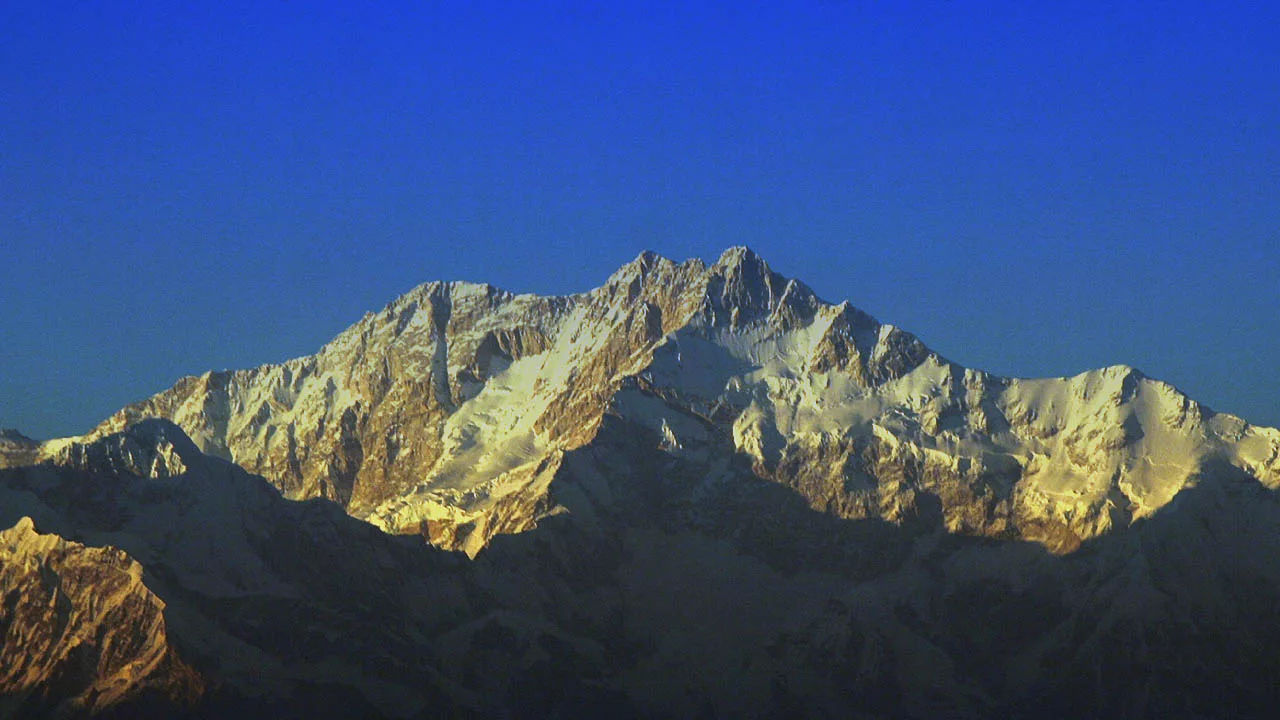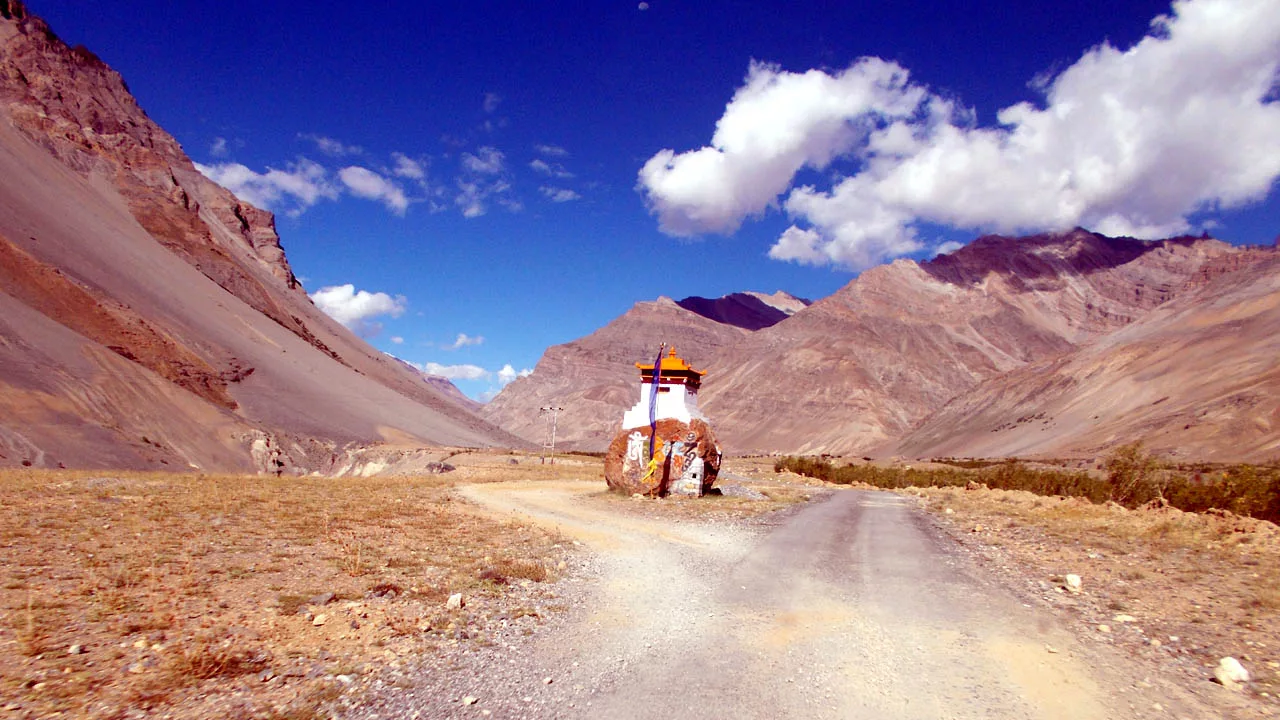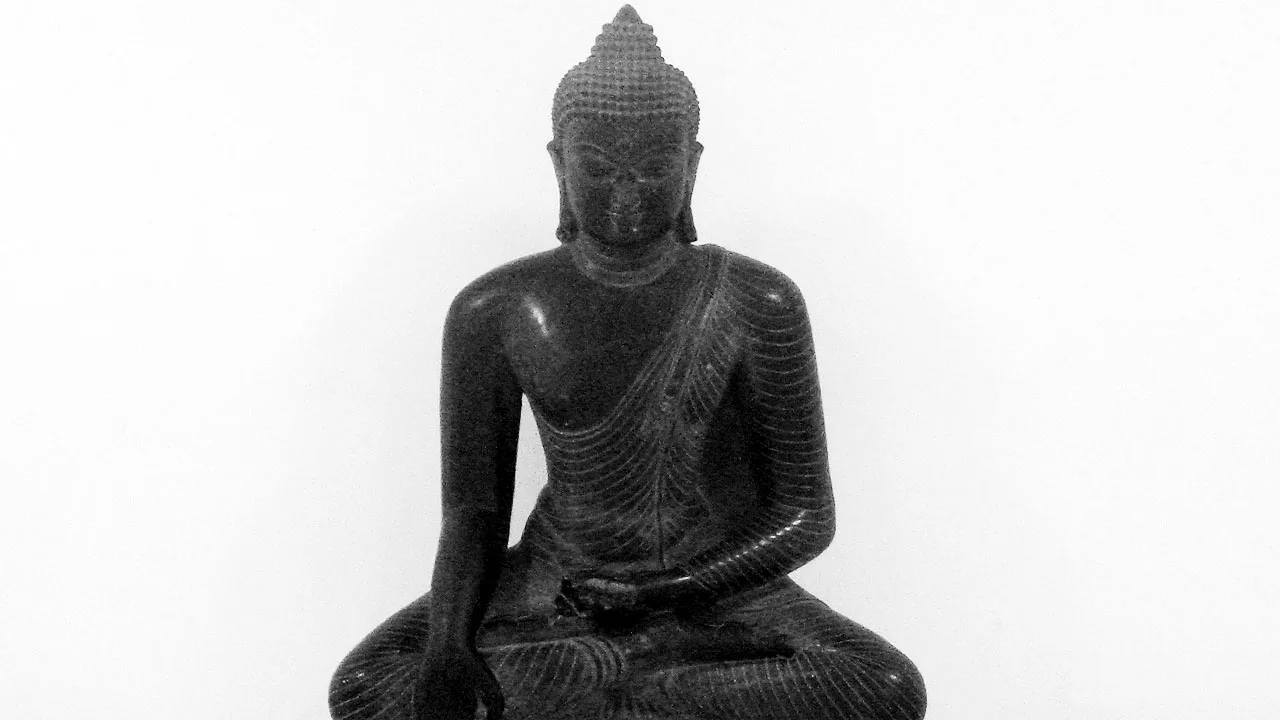The Indian Himalayas: A Tapestry of Nature, Culture & Adventure
Indian Himalayas
Introduction
Nestled in the northern part of India, the Indian Himalayas form a majestic crown of mountains that stretches over 2,500 kilometers across several states/UT, including Jammu and Kashmir, Himachal Pradesh, Uttarakhand, Sikkim, and Arunachal Pradesh. These lofty peaks, with their pristine glaciers, verdant valleys, and ancient cultural heritage, have long captured the imagination of adventurers, spiritual seekers, and nature enthusiasts. From the snow-capped summits to the vibrant biodiversity, the Indian Himalayas offer an unparalleled experience that combines breathtaking natural beauty, a rich cultural tapestry, and thrilling outdoor activities.

Geography and Landscape
The Indian Himalayas are an integral part of the Greater Himalayan mountain range, which spans several countries including Nepal, Bhutan, Tibet, and Pakistan. This range is home to some of the world’s highest peaks, including Mount Everest, Kanchenjunga, and Nanda Devi. The Indian Himalayas encompass a diverse topography, comprising several parallel and transverse ranges, deep river valleys, high-altitude deserts, and alpine meadows.

The region’s geography provides a stunning contrast of landscapes. In the westernmost part, the Great Himalayan Range dominates the horizon, with its snow-covered peaks and dramatic cliffs. Moving eastward, the Lesser Himalayas present a greener, forested terrain, adorned with picturesque hill stations and charming villages. Further east, the Eastern Himalayas are known for their dense forests, roaring rivers, and hidden valleys, teeming with rare and exotic wildlife.

Natural Wonders and Biodiversity
The Indian Himalayas harbor an extraordinary wealth of natural wonders that are home to an incredible diversity of flora and fauna. The region boasts several national parks and wildlife sanctuaries, serving as havens for numerous endangered species. For instance, the Corbett National Park in Uttarakhand is famous for its population of Bengal tigers, while the Valley of Flowers National Park in Uttarakhand showcases a breathtaking floral spectacle, with over 500 species of flowering plants.

One cannot overlook the splendor of the Himalayan glaciers, which are not only a source of awe-inspiring beauty but also vital lifelines for the rivers that nourish the plains below. The Gangotri Glacier, the source of the Ganges River, and the Zemu Glacier, the source of the Teesta River, are among the most renowned and revered glaciers in the Indian Himalayas.

Cultural Heritage and Spiritual Significance
Beyond its natural treasures, the Indian Himalayas are steeped in cultural heritage and spiritual significance. The region has been a sanctuary for seekers of spiritual enlightenment for centuries. From the sacred town of Rishikesh, nestled on the banks of the Ganges River. And to the legendary monasteries of Ladakh, such as Hemis and Thiksey, the Indian Himalayas provide a tranquil and spiritually charged environment for meditation, self-reflection, and inner exploration.

The region is also a melting pot of diverse ethnic communities each with its own distinct culture, traditions, and beliefs. The Gaddis of Himachal Pradesh, the Lepchas of Sikkim, and the Bhotias of Uttarakhand are just a few examples of indigenous groups. They have thrived in harmony with the mountains for generations. The colorful festivals, vibrant folk music, and traditional crafts of these communities add to the rich tapestry of the Himalayan cultural heritage.
Adventure and Outdoor Activities
For adventure enthusiasts, the Indian Himalayas present a playground like no other. Trekking is a popular activity, with trails catering to all levels of experience, from the gentle slopes of the Dhauladhar Range in Himachal Pradesh to the challenging routes of the Markha Valley in Ladakh. The treks offer breathtaking vistas of snow-capped peaks, alpine meadows, and remote villages, providing an intimate encounter with the grandeur of the Himalayas.

Mountaineering
Mountaineering is another thrilling pursuit in the Indian Himalayas, attracting climbers from around the world. Peaks like Nanda Devi, Kangchenjunga, and Shigri Parbat pose formidable challenges, requiring technical skills and physical endurance. The joy of standing atop these majestic summits, surrounded by an endless expanse of mountains, is an experience that remains etched in the memory forever.

White-Water Rafting
The rivers that descend from the Himalayas provide ample opportunities for white-water rafting and kayaking. The turbulent waters of the Indus, Zanskar, Beas, and Teesta rivers offer thrilling adventures amidst breathtaking landscapes. Rafting through the deep gorges and rapids provides an adrenaline rush like no other, coupled with the serenity of the surrounding nature.
Paragliding, Skiing, and Mountain Biking
The Indian Himalayas also offer opportunities for paragliding, skiing, and mountain biking. The Solang Valley in Himachal Pradesh and the slopes of Gulmarg in Jammu and Kashmir are popular destinations for skiing enthusiasts. Paragliding in Bir-Billing in Himachal Pradesh allows you to soar above the majestic valleys and take in panoramic views of the Himalayan landscape. Mountain biking trails in Ladakh, Sikkim, and Uttarakhand offer thrilling rides through rugged terrains, quaint villages, and scenic mountain passes.

Preserving the Fragile Ecosystem
While the Indian Himalayas offer unparalleled beauty and adventure, it is crucial to recognize the fragility of the ecosystem and take steps to preserve it. Climate change poses a significant threat to the region, leading to the melting of glaciers, altering weather patterns, and endangering the habitats of various species. Responsible tourism practices, such as minimizing waste, respecting local cultures, and supporting eco-friendly initiatives, are essential to ensure the sustainability of the region’s natural and cultural heritage.

Conclusion
The Indian Himalayas stand as a testament to the awe-inspiring power of nature and the indomitable spirit of human exploration. This region, with its towering peaks, breathtaking landscapes, vibrant cultures, and thrilling adventures, offers an immersive experience that transcends mere tourism.
Whether you seek solitude in the mountains, a spiritual awakening, or an adrenaline-fueled escapade, the Indian Himalayas beckon you with open arms.
As you traverse the winding trails, interact with the resilient communities, and marvel at the sheer magnificence of the mountains, you’ll come to understand why the Indian Himalayas have captivated the hearts and imaginations of adventurers and seekers for centuries. It is a land where nature reveals its most exquisite creations, and where the human spirit finds solace, inspiration, and a deep connection to the eternal beauty of the world.